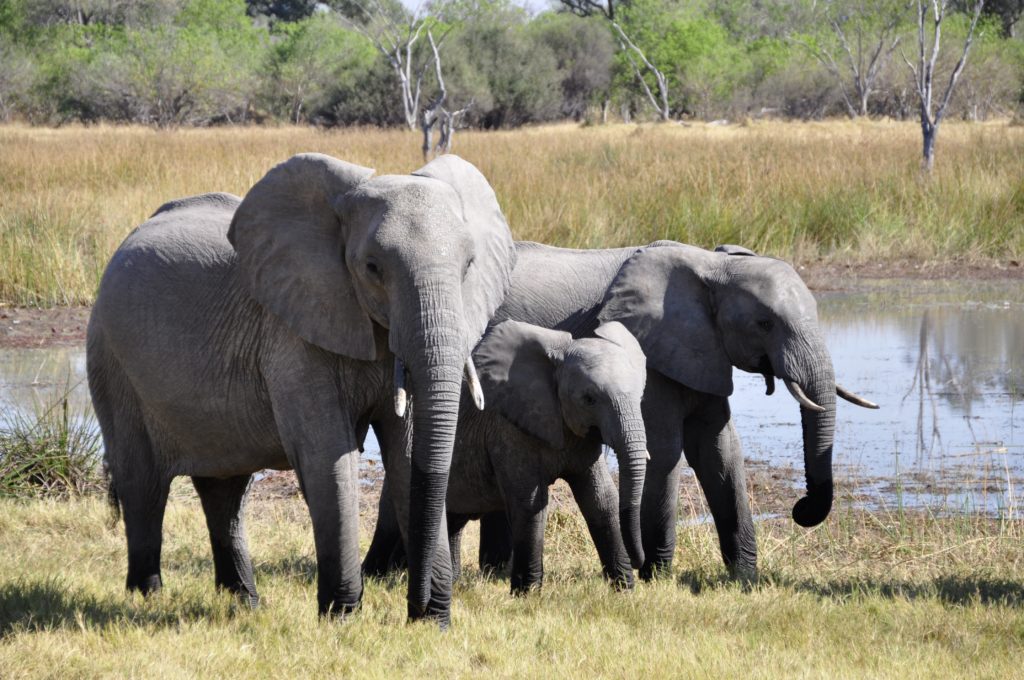Commercial free use photo of two elephants provided by Pexels.com
“We are sleepwalking towards the edge of a cliff,” says Mike Barrett, executive director of science and conservation at World Wildlife Fund for Nature. With the continued growth of humanity, the Earth’s animal population has been cut by 60 percent. Clarity must be brought to the situation, however. In order to think of possible solutions to this problem, we must first understand the situation.
WWF puts out a report every couple of years that involves roughly 60 scientists worldwide, and together they have found that the animal population has dropped by 60 percent since 1970. To put that into perspective, if we were to erase 60 percent of the human population, that would be like emptying every continent except Asia.
But don’t freak out just yet. This does not mean that every species population has dropped by 60 percent, but rather, the average number of the combined population of all animals has decreased. Dr. Brian Eisenback, Associate Professor of Biology and Area Chair of Scientific Learning at Milligan, explains this.
“Animals like mice and rats are able to thrive among humans, because they have found a way to gain access to any food storages we may have,” he explains. “With animals such as rhinos and elephants, for example, the demand for ivory in the black market has caused the poaching and near extinction of some subspecies of these majestic creatures.”
“Some animals just get hit harder than others.” The growing human populus hasn’t helped much. “…in the last century, due to advancements in technology and medicine, the human population has grown exponentially, and therefore our needs have grown,” states Eisenback.
At the end of the day, the cause of all this is a collaboration of a lot of things: pesticides, climate change, overhunting, all of which is assuming that the majority is indeed human impact. Consumption tends to be the driving force in the decline of an animal population.
So what can we do to help? WWF has a list of 12 different ways that you can help reduce the damage to the environment ranging from ‘adopting’ an animal in a preserve, how to eat more sustainable and less wastefully, to giving resources on how you can get your school and business involved.
Visit www.wwf.org.uk/12waystofightforyourworld for more information on how you can make a difference, and to inspire others around you.

